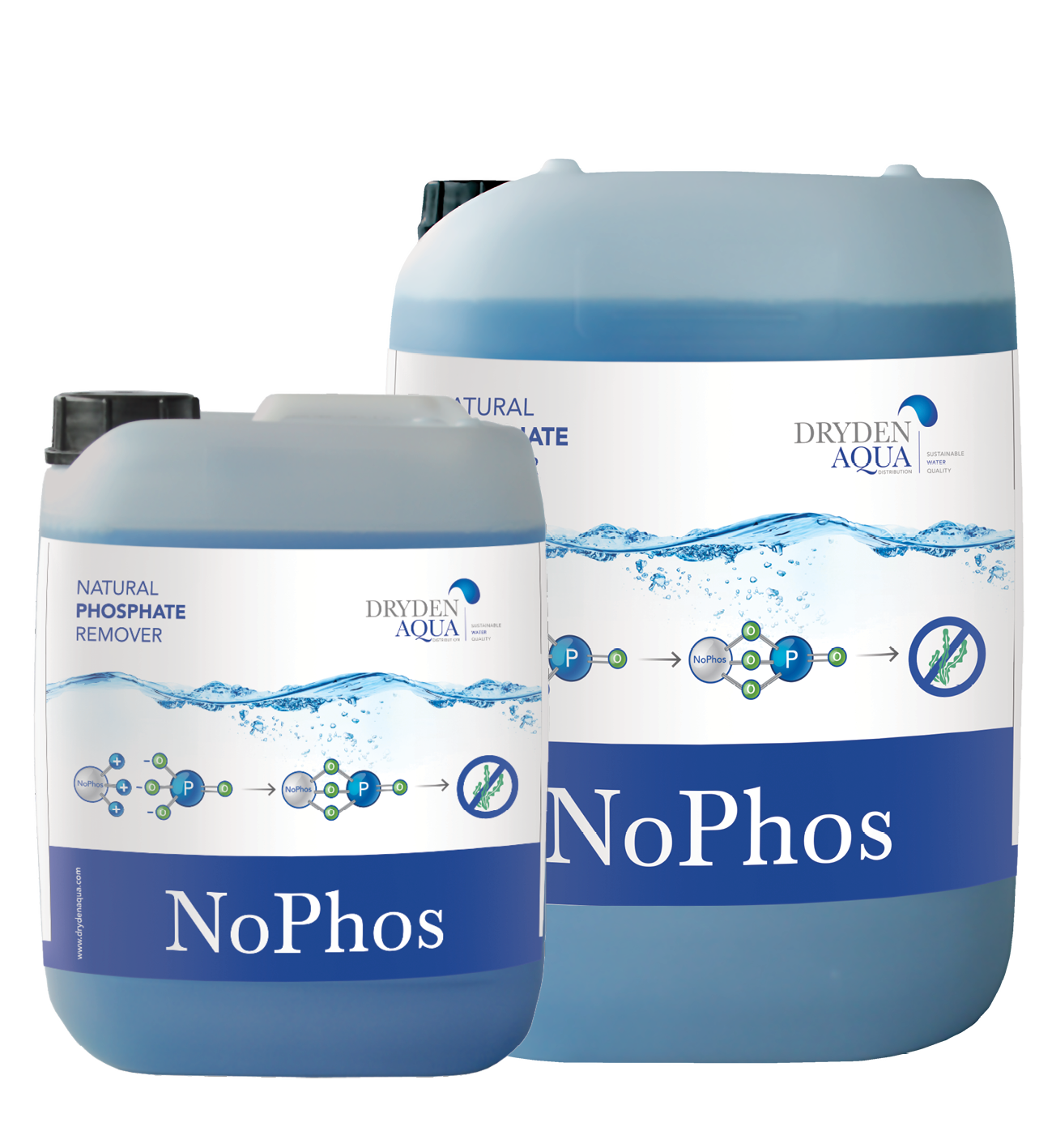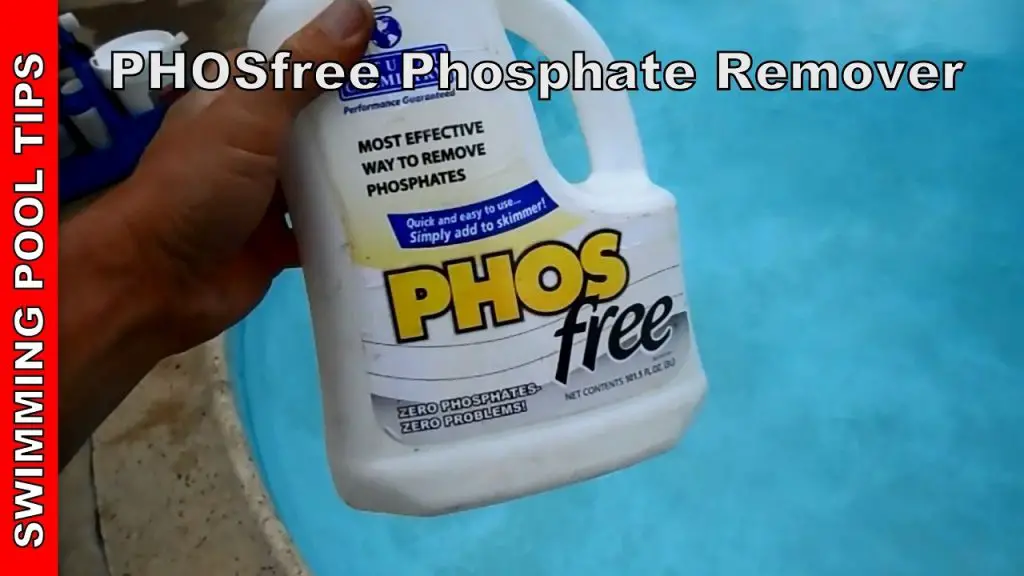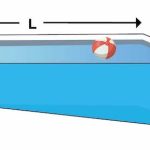Keeping your pool clean and well-maintained is essential for enjoying a safe and refreshing swimming experience. One crucial aspect of pool maintenance is managing the phosphate levels in the water. Phosphates are nutrients that algae thrive on, so by reducing phosphate levels in your pool, you can effectively prevent algae growth and keep your pool water crystal clear.
What are Phosphates?
Phosphates are a form of phosphorus that can enter your pool water through various sources, such as fertilizers, decaying organic matter, and even tap water. When phosphates are present in your pool, they act as a food source for algae, promoting their rapid growth and making it challenging to maintain a clean and algae-free pool.

Credit: m.youtube.com
Why Add No Phos to Your Pool?
Adding a no phosphate treatment to your pool can help reduce the phosphate levels in the water, depriving algae of their primary nutrient source and inhibiting their growth. By using a no phosphate product, you can effectively prevent algae blooms and ensure that your pool water remains clear and inviting for swimming.
Steps to Add No Phos to Your Pool
Adding a no phosphate treatment to your pool is a straightforward process that can be done following these simple steps:
- Test Phosphate Levels: Before adding any treatment, it’s essential to test the phosphate levels in your pool water using a phosphate test kit. This will help you determine the current phosphate concentration and how much treatment is needed.
- Choose a No Phos Product: There are various no phosphate products available on the market, such as liquid or granular treatments. Select a product that is specifically designed to reduce phosphate levels in pools.
- Calculate Dosage: Refer to the product instructions to calculate the appropriate dosage based on your pool size and the current phosphate levels. Follow the recommended guidelines to ensure effective treatment.
- Apply the Treatment: Pour the calculated amount of the no phosphate treatment directly into the pool water. Make sure to distribute the product evenly across the pool surface for uniform mixing.
- Circulate the Water: Turn on your pool pump to circulate the water thoroughly. This will help distribute the treatment throughout the pool and facilitate the removal of phosphates from the water.
- Retest Phosphate Levels: After allowing the treatment to circulate for the recommended time, retest the phosphate levels to ensure that they have been effectively reduced. If necessary, repeat the treatment process until the desired phosphate levels are achieved.
- Maintain Regular Testing: To prevent phosphate buildup in the future, it’s essential to regularly test the water for phosphates and treat as needed. By maintaining low phosphate levels, you can effectively prevent algae growth and maintain a clean pool.

Credit: www.drydenaqua.com
Tips for Managing Phosphate Levels
In addition to using a no phosphate treatment, there are several tips you can follow to effectively manage phosphate levels in your pool:
- Regularly clean and maintain your pool filter to remove debris and organic matter that can contribute to phosphate buildup.
- Limit the use of phosphate-containing chemicals, such as some algaecides and clarifiers, to prevent adding additional phosphates to the water.
- Avoid overfeeding fish or using excessive amounts of aquatic plants in your pool, as they can release phosphates into the water.
- Use a pool cover when the pool is not in use to prevent debris and organic matter from entering the water and contributing to phosphate buildup.
- Regularly shock the pool to kill any algae spores and prevent algae growth, reducing the need for phosphate treatments.
Conclusion
Managing phosphate levels in your pool is an essential part of pool maintenance that can help prevent algae growth and keep your pool water clear and inviting. By adding a no phosphate treatment to your pool and following the tips mentioned above, you can effectively reduce phosphate levels and enjoy a clean and algae-free swimming experience. Remember to regularly test your pool water for phosphates and treat as needed to maintain optimal water quality.
Keep your pool sparkling clean and free of algae by adding a no phosphate treatment today!




